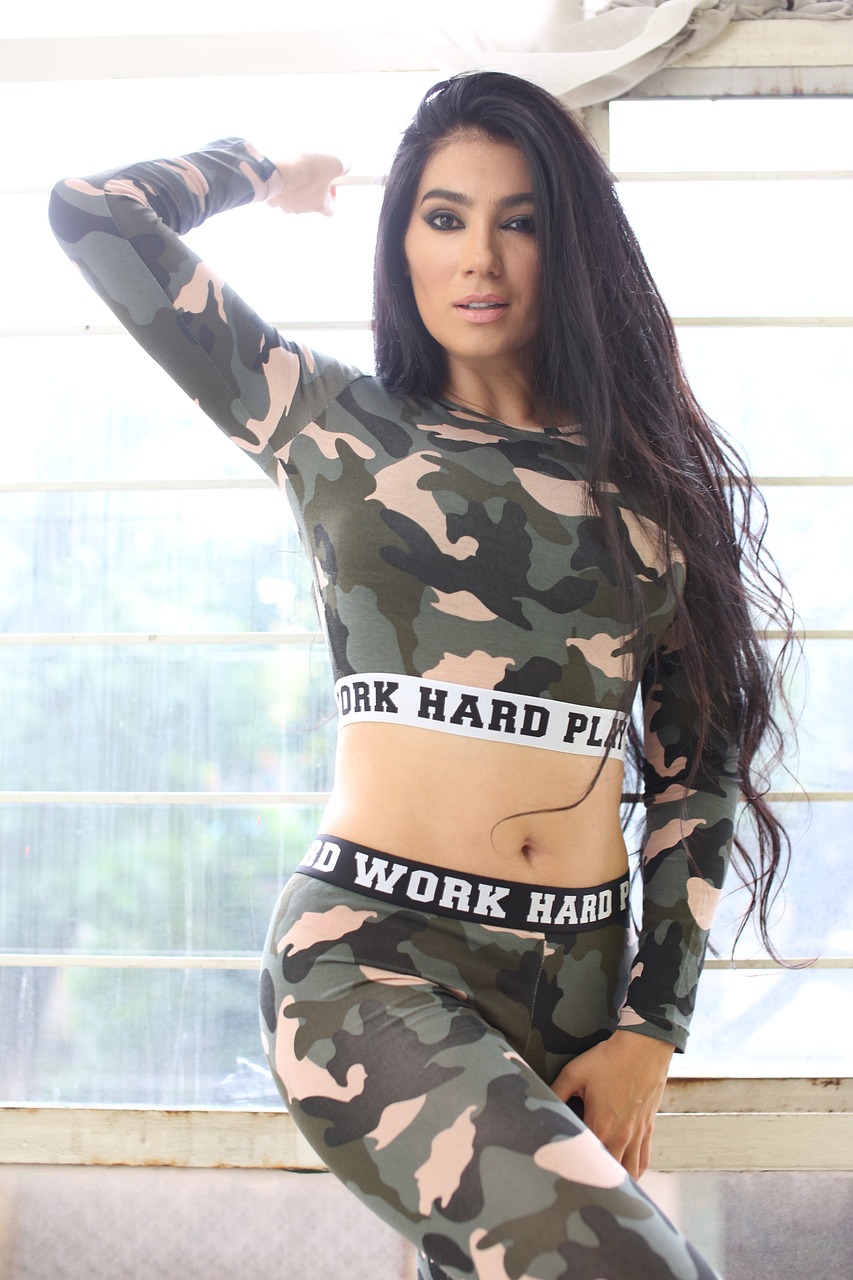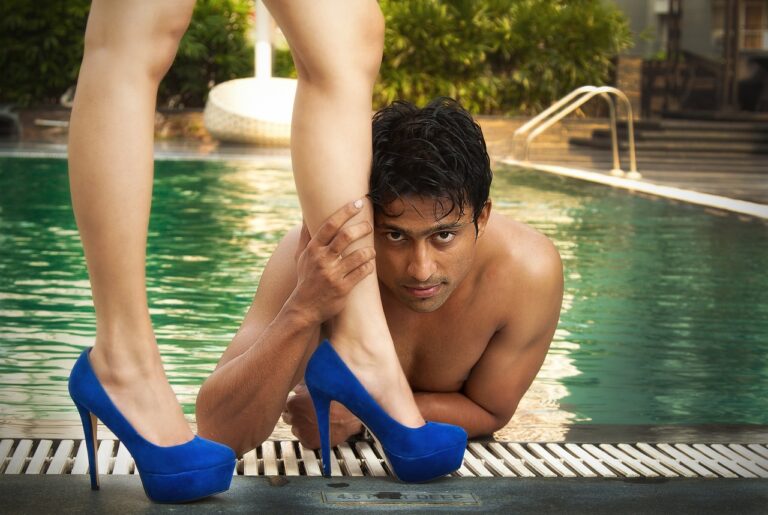The Evolution of Sustainable Fashion Brands in the Luxury Sector: Golden exchange id, Cricbet99 register, King casino 567
golden exchange id, cricbet99 register, king casino 567: The Evolution of Sustainable Fashion Brands in the Luxury Sector
Luxury fashion brands have long been associated with excess and extravagance, but in recent years, there has been a noticeable shift towards sustainability in the industry. Consumers are becoming more conscious of the environmental and social impact of their purchases, and luxury brands are starting to take notice. In this article, we will explore the evolution of sustainable fashion brands in the luxury sector and how they are changing the landscape of the industry.
The Rise of Sustainable Luxury Brands
Sustainable fashion is not a new concept, but it has traditionally been associated with more affordable and niche brands. However, in recent years, luxury fashion houses have started to incorporate sustainability into their design and production processes. Brands like Stella McCartney and Gabriela Hearst have led the way, producing high-end clothing and accessories that are both stylish and environmentally friendly.
One of the key drivers behind this shift is consumer demand. Millennials and Gen Z consumers, in particular, are willing to pay more for sustainable and ethical products. They are also more likely to research brands before making a purchase and are increasingly looking for transparent supply chains and production methods. Luxury brands have recognized this shift in consumer behavior and are adapting their business models accordingly.
The Challenges of Sustainable Fashion in the Luxury Sector
Despite the growing interest in sustainability, luxury fashion brands face unique challenges when it comes to implementing sustainable practices. One of the biggest challenges is the perception that sustainable fashion is not as luxurious or glamorous as traditional luxury fashion. Many consumers still associate sustainability with hippie aesthetics or unflattering silhouettes, making it difficult for luxury brands to break into the market.
Another challenge is the cost of sustainable production. Using eco-friendly materials and ethical labor practices can be more expensive than traditional production methods, leading to higher retail prices for sustainable luxury goods. Luxury brands must find a balance between sustainability and profitability to remain competitive in the market.
The Evolution of Sustainable Practices in Luxury Fashion
Despite these challenges, many luxury fashion brands are making significant strides towards sustainability. They are incorporating eco-friendly materials like organic cotton, recycled polyester, and Tencel into their collections, reducing water usage and carbon emissions in their supply chains, and working with ethical manufacturers and suppliers to ensure fair labor practices.
Some brands are also embracing circular fashion practices, such as take-back programs and upcycling initiatives, to reduce waste and promote a more sustainable approach to consumption. Others are using technology, such as blockchain and AI, to track and trace their supply chains and ensure transparency and accountability in their production processes.
The Future of Sustainable Luxury Brands
As the demand for sustainable fashion continues to grow, we can expect to see more luxury brands embracing sustainability in the coming years. Brands that fail to adapt to this shift in consumer behavior risk falling behind and losing relevance in the market. Those that are able to effectively integrate sustainability into their business models will not only attract a new generation of conscious consumers but also contribute to a more sustainable future for the fashion industry as a whole.
In conclusion, the evolution of sustainable fashion brands in the luxury sector represents a significant shift in the industry. Luxury brands are increasingly recognizing the importance of sustainability and are taking steps to integrate eco-friendly practices into their design and production processes. While there are challenges to overcome, the future of sustainable luxury brands looks promising, with a growing number of consumers looking for stylish and ethical alternatives to traditional luxury fashion.
FAQs
Q: Are sustainable luxury brands more expensive than traditional luxury brands?
A: In many cases, sustainable luxury brands can be more expensive due to the use of eco-friendly materials and ethical labor practices. However, some brands are finding ways to balance sustainability and profitability to offer competitive pricing.
Q: How can consumers support sustainable luxury brands?
A: Consumers can support sustainable luxury brands by researching the brands they buy from, choosing products made from eco-friendly materials, and advocating for more sustainable practices in the fashion industry.
Q: What are some examples of luxury brands that are leading the way in sustainability?
A: Brands like Stella McCartney, Gabriela Hearst, and Gucci are all known for their commitment to sustainability and ethical practices in the fashion industry. These brands are setting the standard for others to follow.







